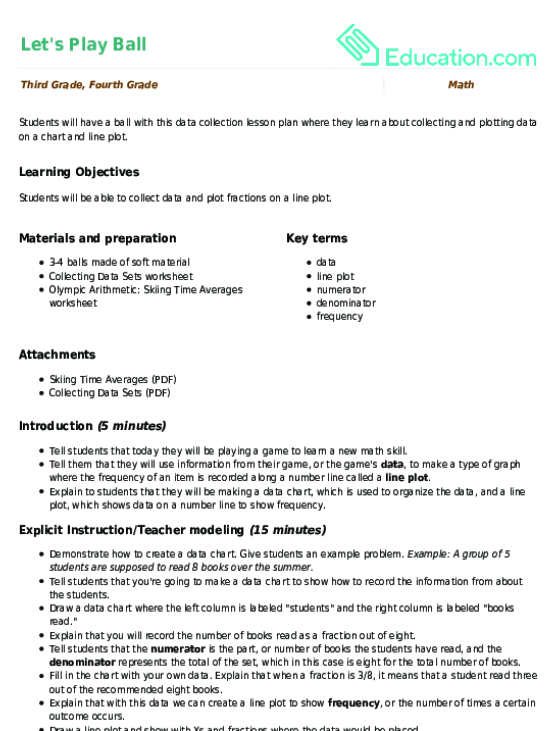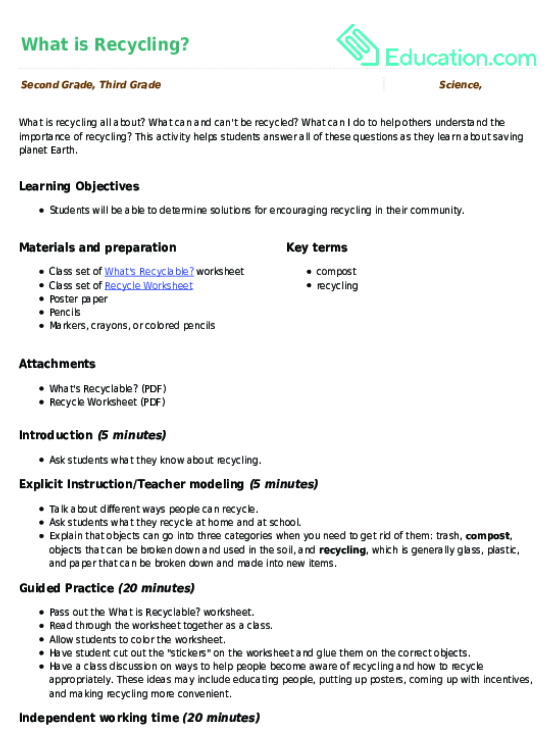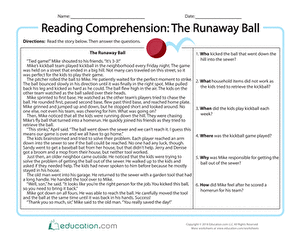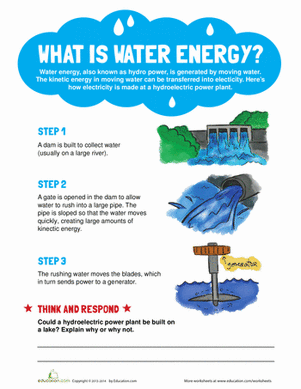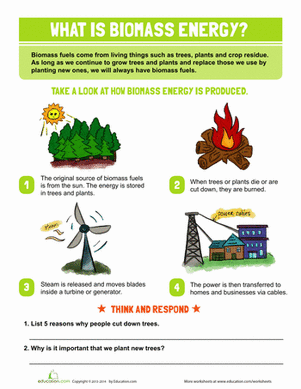Science project
Bouncing Ball Physics: What is Elasticity?
What makes a ball bouncy? Have you ever wondered why some balls bounce higher than others? A ball’s ability to bounce has a lot to do with its elasticity. So what is elasticity? It’s an object’s ability to return to its original shape after being stretched or squeezed. Objects that are more stretchy are usually more elastic, too. Do you have pajama pants with elastic material in the top? You can stretch to get into them, but they will shrink back to fit your waist!
In this science fair project, we’ll investigate bouncing ball physics to determine which ball has the highest elasticity and find out how elasticity contributes to bounce height.
Problem:
Which of the following balls has the highest elasticity: a rubber ball, a marble, or a ping pong ball?
Materials
- Wooden board (a cutting board or a piece of scrap plywood will work great)
- Yardstick, meter stick or tape measure with centimeters
- Rubber bouncy ball
- Marble
- Ping pong ball
- Table or wall
- Tape
Procedure:
- Set the wooden board flat on the ground next to a wall or table.
- Tape the meter stick to the wall or table as shown. Make sure that the meter stick starts with 0 is at the bottom. Before conducting this experiment, use this time to formulate your hypothesis. Which ball do you think will bounce the highest? Why?

- Have a partner drop the rubber ball from the 25 centimeter mark and record the height of the first bounce in a table like the one below. Repeat 5 times and record bounce height for each of your 5 trials. It’s important to drop the ball and not throw it downward. Why do you think this is?
|
Type of Ball |
Drop Height |
Bounce Height |
|||||
|
Trial 1 |
Trial 2 |
Trial 3 |
Trial 4 |
Trial 5 |
Average |
||
|
Rubber |
25 cm |
|
|
|
|
|
|
|
Ping Pong |
25 cm |
|
|
|
|
|
|
|
Marble |
25 cm |
|
|
|
|
|
|
|
Rubber |
50 cm |
|
|
|
|
|
|
|
Ping Pong |
50 cm |
|
|
|
|
|
|
|
Marble |
50 cm |
|
|
|
|
|
|
|
Rubber |
75 cm |
|
|
|
|
|
|
|
Ping Pong |
75 cm |
|
|
|
|
|
|
|
Marble |
75 cm |
|
|
|
|
|
|
- Average the recorded bounce heights from each trial together to find the average bounce height for the rubber ball. Here’s how to calculate an average:

- Repeat steps 3 and 4 for the marble.
- Repeat steps 3 and 4 for the ping pong ball
- Have a partner drop the rubber ball 5 times from the 50 centimeter mark and record the height in a table.
- Average the recorded bounce heights from each 50 cm trial together to find the average bounce height for the rubber ball.
- Repeat steps 7 and 8 for the marble.
- Repeat steps 7 and 8 for the ping pong ball.
- Have a partner drop the rubber ball 5 times from the 75 centimeter mark and record the height in a table.
- Average the recorded bounce heights from each 75 cm trial together to find the average bounce height for the rubber ball. How do you think the height at which the ball was dropped affects how high it bounces? Why? You should see a pattern emerging!
- Repeat steps 11 and 12 for the marble.
- Repeat steps 11 and 12 for the ping pong ball.
Results:
On average, the rubber bouncy ball will bounce the highest, followed by the ping pong ball. The marble will bounce the least high.
Explanation:
When all three balls are dropped from the same height, the rubber ball will bounce the highest because it has the greatest elasticity. When the rubber ball hits the ground it gets compressed, or squished, and because it is very elastic, it quickly returns to its original shape. When it does this, it pushes back on the ground shoots back up into the air.
The marble, which is the hardest out of the three balls, has the least elasticity, so it does not bounce as high. It doesn’t get squished when it lands, so it has a harder time changing its direction from down to up. The balls dropped from 75 centimeters will bounce higher than those dropped from 50 centimeters, and the balls in the 50 centimeter trials will bounce higher than those in the 25 centimeter trials. This is because the higher the starting height of the ball, the higher the ball’s potential energy. An object has potential energy because of its position. If an object is going to be dropped from high up in the air, it has lots of potential energy because the earth’s gravity has plenty of time to accelerate, or speed up, the ball when you let go of it—and the longer an object falls, the faster it gets. So what happens to potential energy when a ball is dropped? It turns into kinetic energy, or the energy an object has when it is moving. The faster an object moves, the higher its kinetic energy. Which object do you think has a higher kinetic energy: a car or an airplane?
Because gravity has the most time to do its job when the balls are dropped from 75 centimeters, these balls have the most kinetic energy by the time they hit the ground. When the ball hits the ground, all that kinetic energy has to go somewhere. A lot of it goes back into the ball, giving it more force to pop back up into the air—so the higher the potential energy, the higher the kinetic energy, and the higher the kinetic energy, the higher the bounce!
Further investigation:
To explore gravity and gravitational forces, get a stopwatch and time each ball from the time it is dropped until it hits the ground. Which ball hits first? Does weight matter? Does elasticity matter?
Result: All balls should take the same amount of time to reach the ground when dropped from the same height. Weight and elasticity do not matter.
Education.com provides the Science Fair Project Ideas for informational purposes only. Education.com does not make any guarantee or representation regarding the Science Fair Project Ideas and is not responsible or liable for any loss or damage, directly or indirectly, caused by your use of such information. By accessing the Science Fair Project Ideas, you waive and renounce any claims against Education.com that arise thereof. In addition, your access to Education.com's website and Science Fair Project Ideas is covered by Education.com's Privacy Policy and site Terms of Use, which include limitations on Education.com's liability.
Warning is hereby given that not all Project Ideas are appropriate for all individuals or in all circumstances. Implementation of any Science Project Idea should be undertaken only in appropriate settings and with appropriate parental or other supervision. Reading and following the safety precautions of all materials used in a project is the sole responsibility of each individual. For further information, consult your state's handbook of Science Safety.



